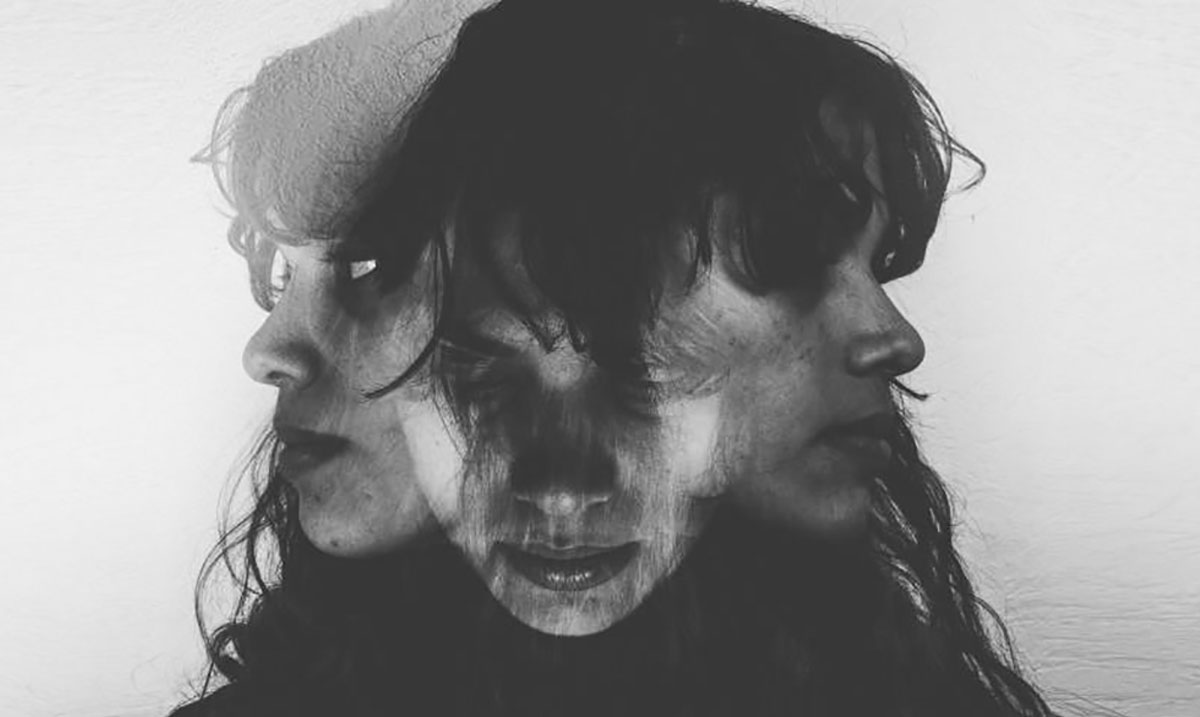Anxiety is something that everyone experiences from time to time. While feeling anxiety every now and then is completely normal, feeling it everyday is not. Thankfully, I know just the right tool to kick anxiety out for good.
Anxiety affects so many people that it is honestly hard to even put a number on it. There are about 40 million diagnosed adults with generalized anxiety disorders in the United States, however that is just the ones who actually sought help. There are tons of anxiety medications out there but they only seem to make things worse. One second you have anxiety, and the next you have anxiety and a drug addiction. It just isn’t smart to take drugs for anxiety. Instead of popping pills for anxiety try using mindfulness.
“Mindfulness is the basic human ability to be fully present, aware of where we are and what we’re doing, and not overly reactive or overwhelmed by what’s going on around us.” – Mindful.org

Mindfulness is basically the human’s ability to be completely aware of your surroundings, what is going on at that very moment, and your physical and spiritual self. It is an excellent way to escape the realities f life and give yourself a break. Mindfulness can be cultivated through many different ways such as meditation. Mindful meditation has both physical and psychological effects and make you a better and relaxed human being.
Professor Mark Williams, a professor of clinical psychology at Oxford Mindfulness Center, says:
“Even as we go about our daily lives, we can find new ways of waking up to the world around us. We can notice the sensations of things, the food we eat, the air moving past the body as we walk. All this may sound very small, but it has huge power to interrupt the ‘autopilot’ mode we often engage day to day, and to give us new perspectives on life.”
Mindfulness is the best way to combat any negative feelings such as anxiety. It is evidence based, anyone can do it, and it’s also pretty easy! Here’s how:
1) Take your seat. Whatever you’re sitting on—a chair, a meditation cushion, a park bench—find a spot that gives you a stable, solid seat, not perching or hanging back.
2) Notice what your legs are doing. If on a cushion on the floor, cross your legs comfortably in front of you. (If you already do some kind of seated yoga posture, go ahead.) If on a chair, it’s good if the bottoms of your feet are touching the floor.
3) Straighten—but don’t stiffen— your upper body. The spine has natural curvature. Let it be there. Your head and shoulders can comfortably rest on top of your vertebrae.
4) Situate your upper arms parallel to your upper body. Then let your hands drop onto the tops of your legs. With your upper arms at your sides, your hands will land in the right spot. Too far forward will make you hunch. Too far back will make you stiff. You’re tuning the strings of your body—not too tight and not too loose.
5) Drop your chin a little and let your gaze fall gently downward. You may let your eyelids lower. If you feel the need, you may lower them completely, but it’s not necessary to close your eyes when meditating. You can simply let what appears before your eyes be there without focusing on it.
6) Be there for a few moments. Relax. Now get up and go about your day. And if the next thing on the agenda is doing some mindfulness practice by paying attention to your breath or the sensations in your body, you’ve started off on the right foot—and hands and arms and everything else.
7) Begin again. When your posture is established, feel your breath—or some say “follow” it—as it goes out and as it goes in. (Some versions of the practice put more emphasis on the outbreath, and for the inbreath you simply leave a spacious pause.) Inevitably, your attention will leave the breath and wander to other places. When you get around to noticing this—in a few seconds, a minute, five minutes—return your attention to the breath. Don’t bother judging yourself or obsessing over the content of the thoughts. Come back. You go away, you come back.
